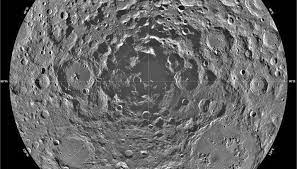
NASA has announced 13 places where it could land the Artemis III mission as it prepares to send people back to the moon. All 13 sites are near the lunar South Pole, which is permanently shadowed and so far unexplored, NASA said Friday. The following 13 areas have been chosen by NASA as potential landing sites for the NASA’s Artemis III mission: Peak Near Shackleton, Connecting Ridge, Connecting Ridge Extension, Haworth, Malapert Massif, Leibnitz Beta Plateau, Nobile Rim 1, Nobile Rim 2, and Amundsen Rim are some of the features that make up the Faustini Rim A.
The Artemis III lunar mission will be looking to collect samples and study the water ice at the moon’s South Pole. The Artemis III landing, set to take place in 2025, will also see the first woman on the moon.
NASA’s Artemis III mission: Key Points
- The lunar South Pole is within six degrees of each region’s location, which gives these places scientific significance. This is due to the lunar South Pole’s perpetually dark, resource-rich regions and its uncharted landscape.
- A team of scientists and engineers of NASA’s Artemis III mission from throughout the agency took into account the lighting conditions, accessibility, closeness to permanently shaded areas, the availability of launch windows, and the capacity to accommodate a safe landing.
- Long-term habitation of the Moon necessitates sunlight since it serves as a power source and regulates temperature. There are places at each potential site that receive direct sunshine every day for the six and a half days that NASA’s Artemis III mission is expected to last.
- The 13 potential landing sites will be the subject of talks between NASA and the larger scientific and engineering organisations. Once the space authority has determined the NASA’s Artemis III mission project’s intended launch dates, the final decisions will be made.





